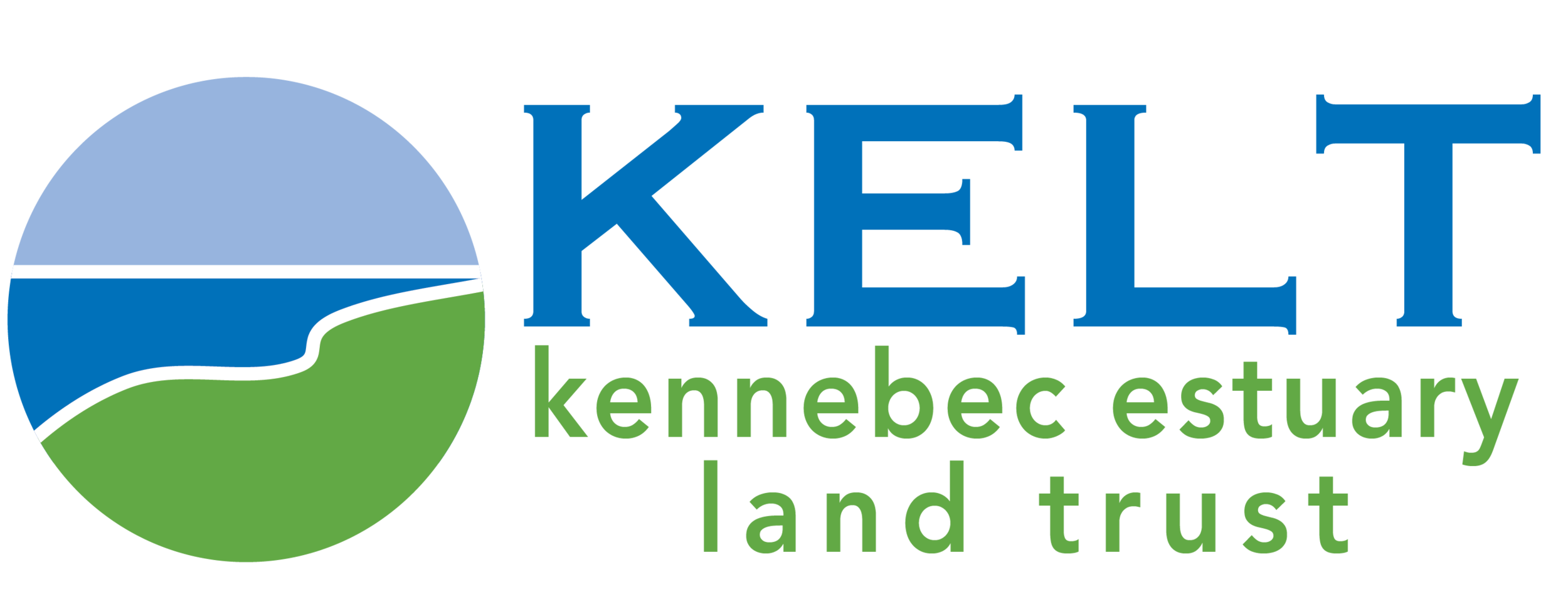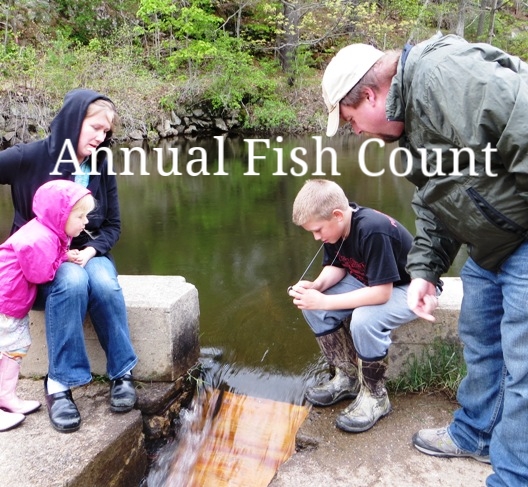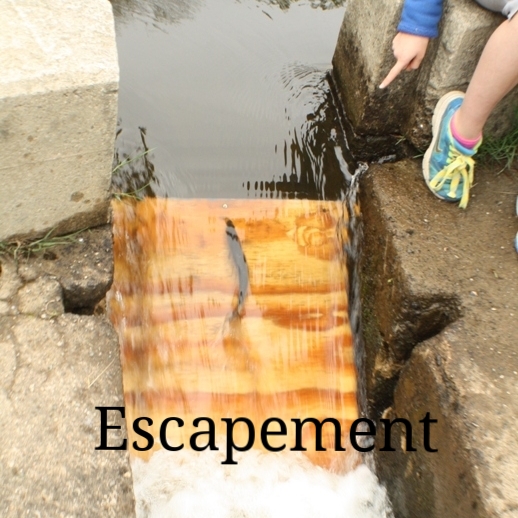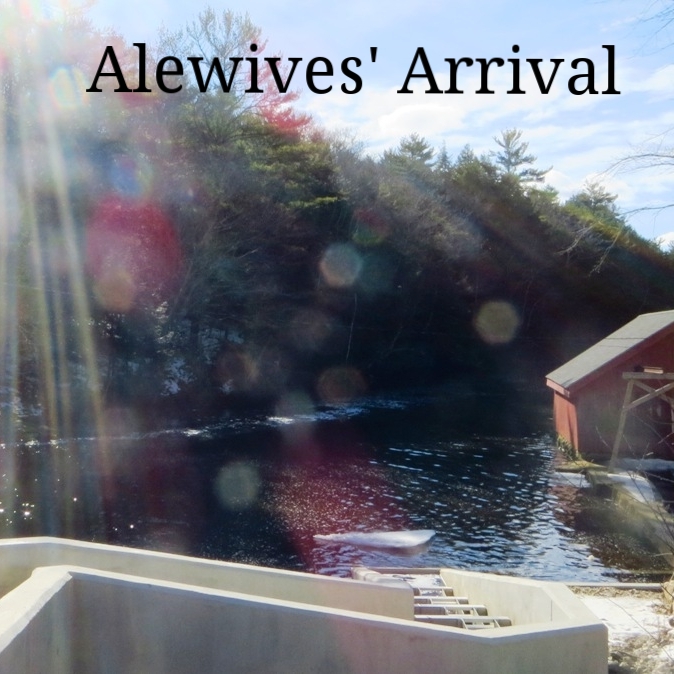Annual Fish Count
Each year since 2012, volunteers have counted fish at the Nequasset Fish Ladder during the annual alewife run. Counts take place from 6am to 8pm. Volunteers sign-up for two hour blocks and then count fish for two 10 minute periods in the block. We enter the results from these counts into a model developed by the Massachusetts Division of Marine Fisheries and are able to estimate the total number of fish that make it into Nequasset Lake each year. It takes most alewives about 4 years to grow to adults and then return to the lake to spawn, and it looks like we might be seeing evidence of that 4 year cycle in the fish count numbers.
Total Fish Counted Each Year
Estimated # Fish Into the Lake
Year
Fish Counted
Estimated Fish into the Lake
2012
2,766
29,916
2013
5,572
40,841
2014
19,061
150,950
2015
9,308
126,395
2016
8,796
43,320
2017
3,230
25,545
2018
15,077
220,000
Year
Fish Counted
Estimated Fish into the Lake
2019
5,073
65,000
2020
5,908
48,000
2021
16,109
82,000
2022
5,861
60,000
2023
14,952
200,000
2024
30,620
250,000
2025
9,426
82,500
Annual Harvest
The Woolwich Fish Commission coordinates an annual harvest at Nequasset Dam each year. The harvest operates from Thursday through Sunday each week. Most of the fish are sold for bait, and some are sold salted and smoked. Find out more about the history of the harvest here.
Total Fish Harvested Each Year
yEAR
Fish Harvested
2012
133,320
2013
86,100
2014
117,360
2015
173,880
2016
80,160
2017
92,040
2018
163,020
yEAR
Fish Harvested
2019
188,760
2020
103,680
2021
77,520
2022
78,180
2023
169,200
2024
215,640
2025
121,920
Escapement
Escapement is an estimate of the percent of all the alewives that arrive at Nequasset Dam each year that are able to make it over the dam and into the lake. To get the total number of fish that arrive at the dam, we add together the number of fish harvested and the number of fish that make it into the lake. The Maine DMR has figured out that at least 15% of the fish need to make it into the lake for the run to be sustainable. Weather, issues with the fish ladder, and timing of the run can all influence the escapement.
Annual # of Fish
% Escapement
Year
% Escapement
2012
18%
2013
32%
2014
56%
2015
42%
2016
35%
2017
22%
2018
57%
Year
% Escapement
2019
26%
2020
32%
2021
51%
2022
43%
2023
54%
2024
54%
2025
40%
Alewives’ Arrival Date
Water temperature plays an important role in the date that the fish first start climbing the fish ladder. Because they have more energy when the water is warmer, they don’t climb the ladder if the water is too cold. Fish usually start climbing the ladder at Nequasset when the water temperature is in the mid 50s.
Year
Date
Lake Temperature (°F)
2012
April 18
56
2013
April 30
55
2014
May 8
55
2015
May 7
58
2016
May 3
52
2017
May 10
53
2018
May 2
55
Year
Date
Lake Temperature (°F)
2019
May 9
55
2020
May 11
47
2021
April 29
50
2022
May 11
58
2023
May 6
55
2024
April 27
52
2025
May 2
49.5
End of Count
The count typically ends when there are very few fish entering the lake, and the number of fish leaving the lake far outnumbers the number entering.
Year
Date
2012
June 2
2013
June 7
2014
June 9
2015
June 8
2016
June 4
2017
June 7
2018
June 3
Year
Date
2019
June 7
2020
June 7
2021
June 1
2022
June 3
2023
June 4
2024
June 2
2025
June 5
Number of Awesome Volunteers
The annual alewife count at Nequasset would not be possible without many amazing volunteers. Thank you to everyone who has taken part!
Year
Volunteers
2012
73
2013
69
2014
95
2015
72
2016
78
2017
118
2018
86
Year
Volunteers
2019
90
2020
168
2021
195
2022
119
2023
122
2024
185
2025
123






